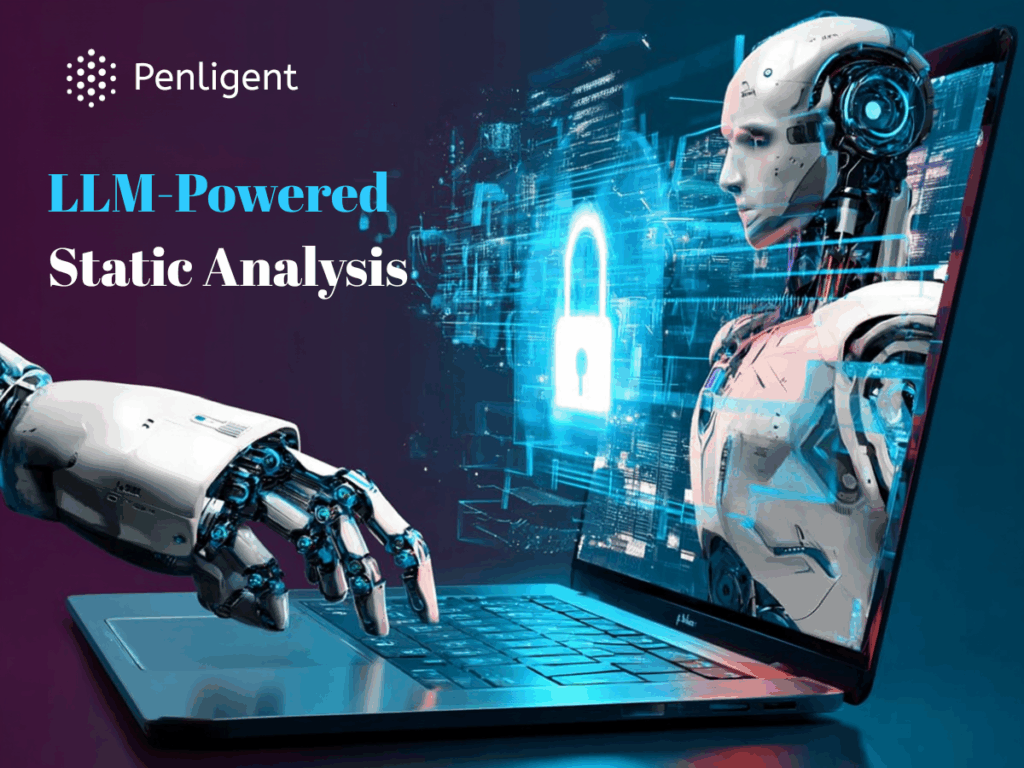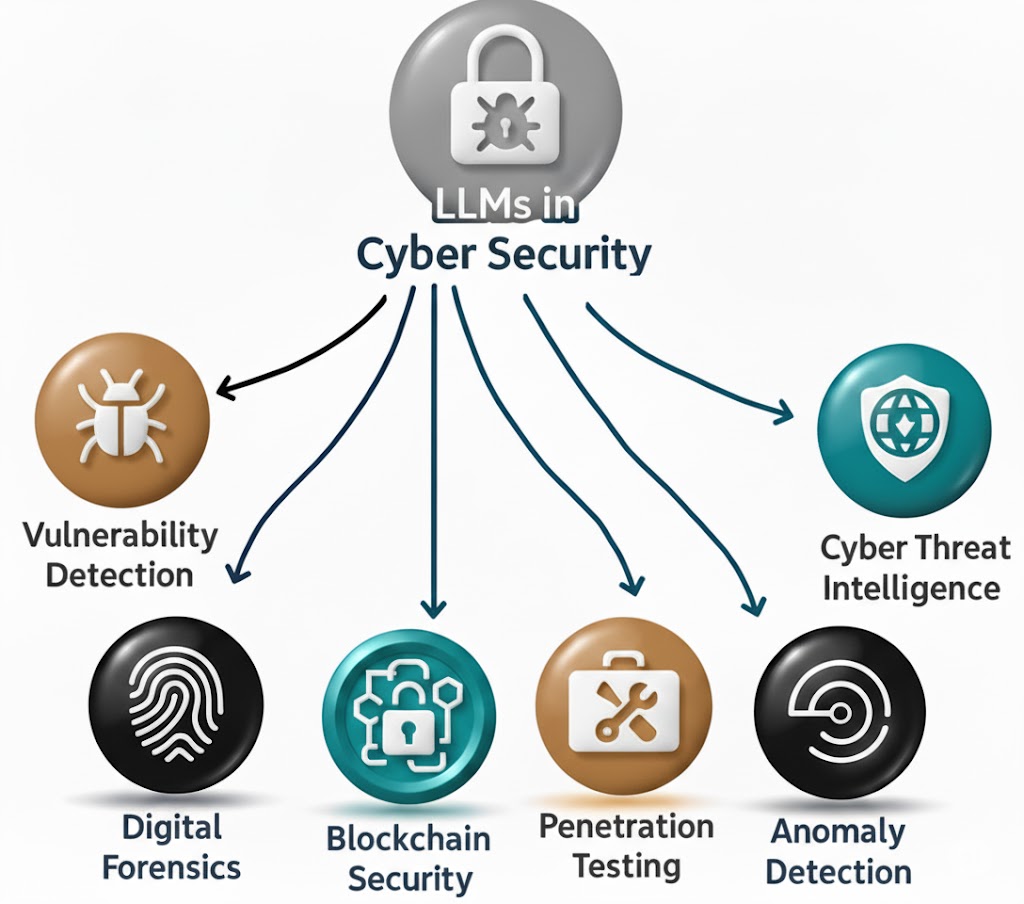From Manual Code Reviews to LLM-Powered Static Binary Taint Analysis
Static Binary Taint Analysis is a security analysis technique used to track how potentially dangerous or “tainted” data flows through a compiled binary program—without running it.
Instead of analyzing source code, this method works directly on machine code or decompiled binaries, making it ideal for cases where source code is unavailable (e.g., proprietary software, embedded firmware).
In a typical workflow, analysts (or automated tools) identify taint sources—functions that receive external, attacker-controlled data—then trace how this data moves through variables, memory, and functions. Finally, they inspect taint sinks, which are critical operations (like system() calls, string manipulations, or buffer writes) where unsafe data might trigger vulnerabilities such as buffer overflow, command injection, or insecure API calls.
This is where LLM-Powered Static Binary Taint Analysis fundamentally changes the game. By combining the rigor of taint tracking with the semantic reasoning capability of Large Language Models (LLMs), analysts can now dissect compiled binaries—even when the source code is not available—at a much greater depth. The process no longer stops at superficial syntactic checks; instead, it enables tracing attacker‑controlled inputs through an entire chain of variables, memory regions, and function calls, pinpointing exact execution points where unsafe data could be misused. In practice, identifying taint sources, mapping data propagation paths, and detecting critical taint sinks becomes a fluid, context‑rich operation rather than a rigid checklist‑driven exercise.
| Aspect | Traditional Static Analysis | LLM+Static Hybrid (e.g., Penligent.ai) |
|---|---|---|
| Rule Generation | Rules are manually crafted by experts, which is time‑consuming and prone to omissions. | Rules are dynamically generated and refined using LLM semantic reasoning and taint tracking. |
| Detection Scope | Effective for known patterns but often misses novel or context‑dependent vulnerabilities. | Identifies both known and previously unseen vulnerabilities through context‑aware analysis. |
| Adaptability | Adapting to new languages or frameworks requires manual rule updates. | Automatically adapts by interpreting API semantics and usage patterns without manual intervention. |
| False Positives | High rates due to rigid pattern matching; requires human triage. | Reduced false positives via multi‑context voting and semantic correlation. |
| Usability | Primarily designed for, and accessible to, security professionals with rule‑writing expertise. | Accessible to both experts and non‑specialists, with support for one‑click scanning. |
| Maintenance | Continuous manual maintenance required to keep rules relevant. | Self‑validating and auto‑maintaining detection logic through iterative loops. |
Core Engine — LLM + Taint Tracking + Symbolic Execution
The QLPro study (Hu et al., 2025) points to a reality that many security engineers already know from experience: while tools like CodeQL remain dependable for scanning code against a fixed set of rules and reliably catching well‑documented flaws, they start to show cracks when a project needs custom detection logic or runs up against vulnerabilities outside the scope of those rules. Large Language Models bring a different kind of strength — they can read and reason about code in ways that mimic human understanding, spotting intent and structural issues a rule set might overlook. Yet, they too have blind spots, especially when it comes to working through the quirks of certain language syntaxes or untangling the relationships in large, tightly‑coupled code bases.
Penligent.ai was built to bridge this gap, combining the contextual insight of advanced LLMs with proven taint tracking and symbolic execution techniques. The result is an analysis engine that thinks with the flexibility of an experienced reviewer, but works at the speed and scale demanded by modern security challenges. The platform’s multi‑context voting mechanism further mitigates false positives, especially in large‑scale codebases, by examining potential detections through several contextual lenses before forming a definitive verdict. This approach produces a stable and well‑justified consensus rather than a single, brittle decision. Combined with its iterative loop of rule generation, testing, and repair, Penligent.ai achieves a precision level that scales gracefully across diverse project types.
def process_data():
# Source: external, attacker-controlled input
user_input = recv_data()
# Flow: passed through variable to another function
processed = sanitize(user_input)
# Sink: risky use in a system command
os.system(processed)
# LLM analysis:# Understand chain of calls, flag os.system as executing tainted,# potentially dangerous data received from external source.

Automated Penetration Testing with Penligent.ai
Penligent.ai integrates automated penetration testing directly into its workflow, bridging the gap between passive vulnerability detection and active exploitation simulation. By allowing even non‑specialist developers to launch context‑aware scans with a single command, it democratizes access to high‑end security testing.
Rather than delivering fragmented vulnerability reports that require further manual interpretation, the system guides users from the point of identifying exploitable conditions—such as SQL injection, cross‑site scripting (XSS), insecure API usage, or buffer overflow—through to actionable remediation recommendations. This cohesive process ensures that findings are not only technically sound but also practical to address, empowering teams to take a proactive stance in securing their applications.

Enterprise‑Grade Security & Compliance
The most effective code review strategy is not a choice between human or machine, but an orchestration of their complementary strengths in the right sequence. In Penligent.ai’s process, static tools act as the first line of defense, cleaning up trivial syntax issues without consuming expert time. Its LLM modules then deliver nuanced insights into design integrity, code readability, and maintainability prospects, highlighting structural or semantic weaknesses that might otherwise escape attention.
Finally, seasoned engineers reinforce these AI‑derived assessments by examining architectural decisions, domain‑specific logic, and rare edge cases that remain beyond the scope of model training. This synergy between automated and human review reduces debugging cycles, accelerates release schedules, and maintains rigorous security standards across the development life cycle.
Ensuring that cutting‑edge automated analysis complies with enterprise trust and governance standards, Penligent.ai deploys strong authentication, robust audit trails, and granular access controls tailored to corporate security policies. Every vulnerability detected is mapped to either a verified CVE entry or a fully reproducible technical report, enabling development and compliance teams to act swiftly and with confidence, knowing that the evidence will hold up under regulatory or legal scrutiny.
The Future of LLM‑Driven Automated Security
Looking ahead, as Large Language Models gain the capacity to process vastly larger code contexts and learn continuously from both live deployment data and emerging attack vectors, LLM-Powered Static Binary Taint Analysis is poised to evolve into a default standard embedded in secure development workflows. No longer seen as a specialist’s add‑on, it will become a baseline layer of defense integrated directly into IDEs and CI/CD pipelines, making proactive, AI‑enhanced vulnerability discovery a routine and expected part of modern software engineering.


